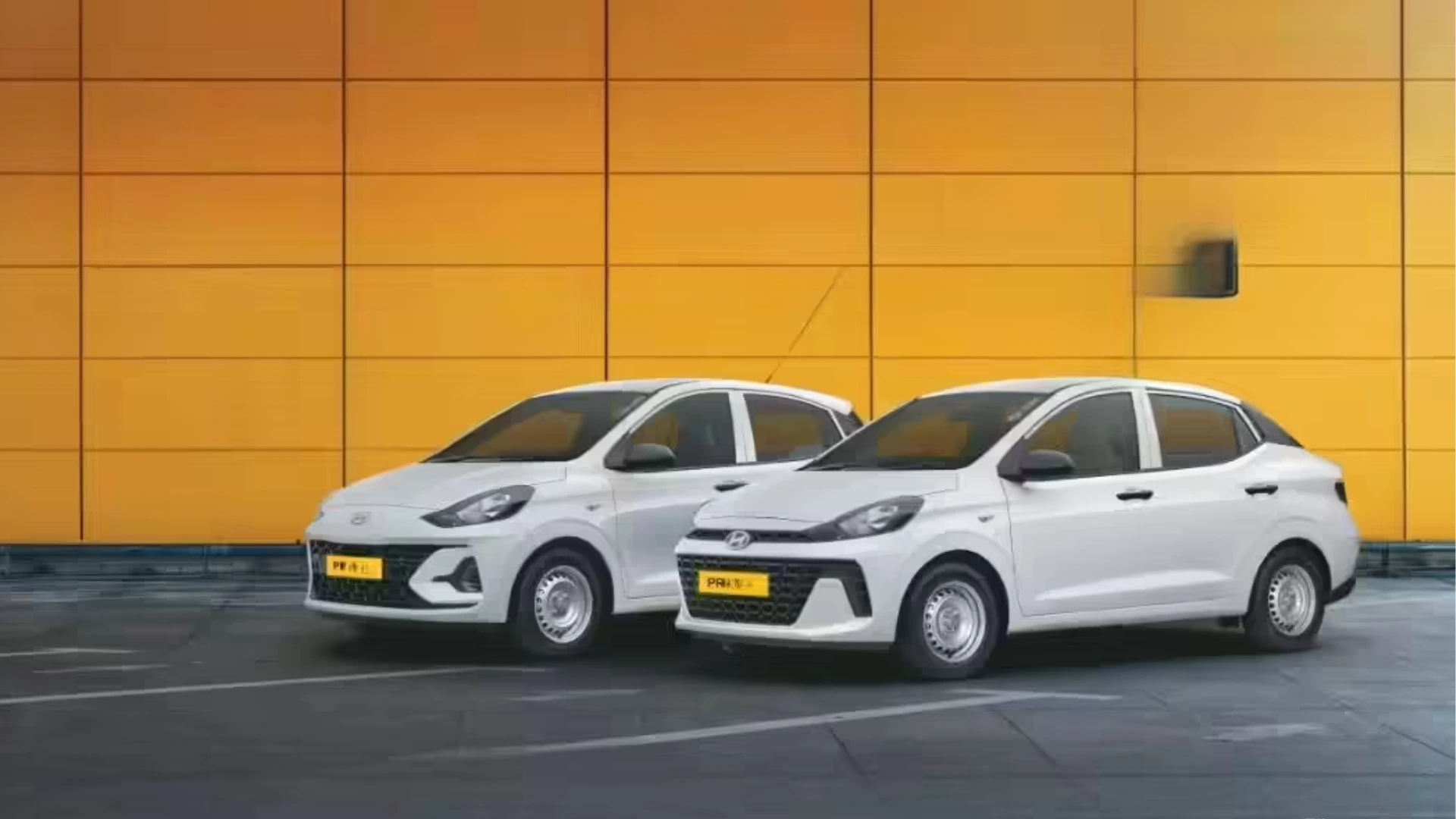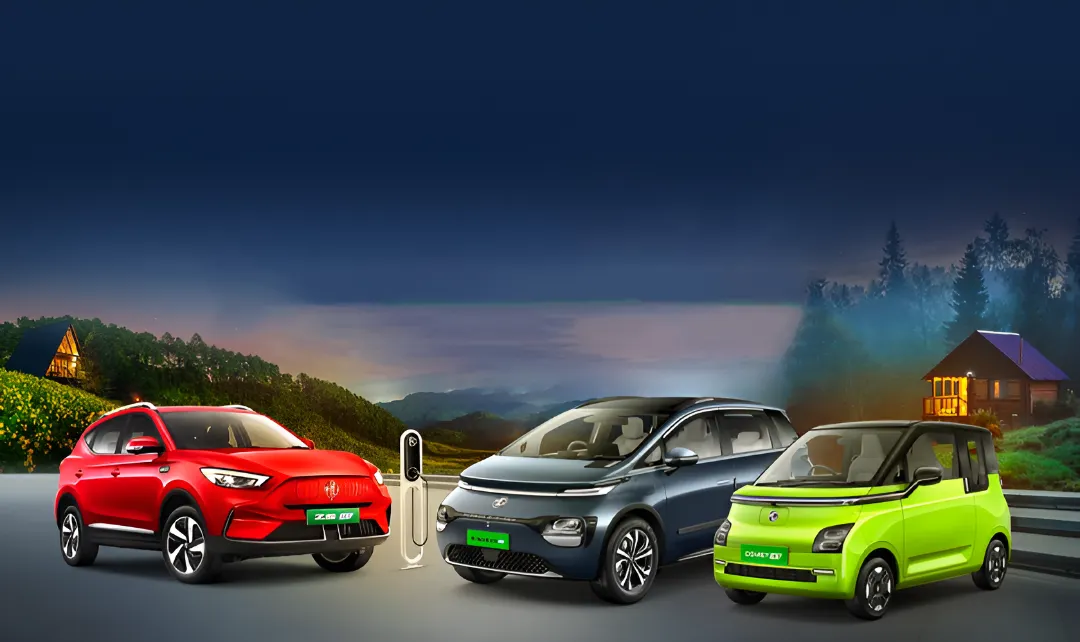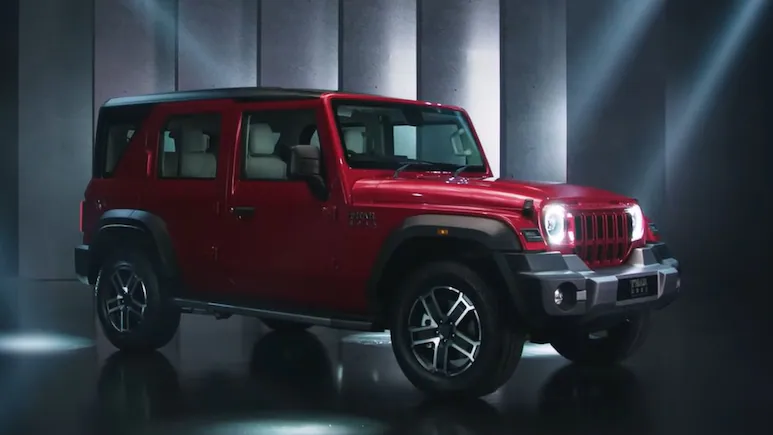AWD vs. 4WD Cars: What’s the Difference?
AWD (All-Wheel Drive) and 4WD (Four-Wheel Drive) are essential to modern automotive technology, enhancing vehicle performance and capabilities. These advanced drive systems have transformed driving, whether in city traffic or on off-road adventures. With the growing popularity of AWD and 4WD vehicles, it's important to understand their differences, advantages, and applications.
AWD and 4WD vehicles offer several benefits, including improved traction, handling, and off-road capabilities. For example, AWD systems, such as those in the Maruti SUV Brezza and Hyundai Creta, provide a seamless driving experience by continuously monitoring wheel traction and adjusting power distribution between the front and rear wheels. In contrast, 4WD vehicles like the Mahindra Thar and Toyota Fortuner offer manual control and durability, making them ideal for extreme off-road conditions.
This blog post delves into AWD and 4WD vehicles, assessing their distinctions, advantages, and uses. Whether you are a seasoned off-road driver or someone who primarily drives in the city, having knowledge about the features of AWD and 4WD cars in India can assist you in making a well-informed choice for your next vehicle. Get ready and explore the thrilling realm of all-wheel and four-wheel drive!

What Are AWD Cars?
All-wheel drive (AWD) cars have a powertrain that can supply power to all four wheels simultaneously, either on-demand or full-time.
This characteristic enhances grip and control on different types of surfaces, such as wet, snowy, and slippery roads.AWD systems help prevent wheel slip on slippery roads but may not be as robust or durable as 4WD systems in extreme off-road conditions. Common AWD configurations include 1x1, 2x2, 4x4, 6x6, and 8x8, indicating the number of axles and wheels that can be powered. AWD is often used in luxury cars to maintain stable driving performance and enhance fuel efficiency.
What Are 4WD Cars?
4WD vehicles have the capability to distribute torque to all four wheels at the same time. They offer effective grip and control on different terrains, such as off-road situations. Most 4WD systems are either constantly engaged or activated when needed, and they can be linked through a transfer case that includes an extra output driveshaft and, often, more gear choices. The term 4WD usually refers to vehicles with a transfer case that enables changing from 2WD to 4WD, either through manual or automatic means.
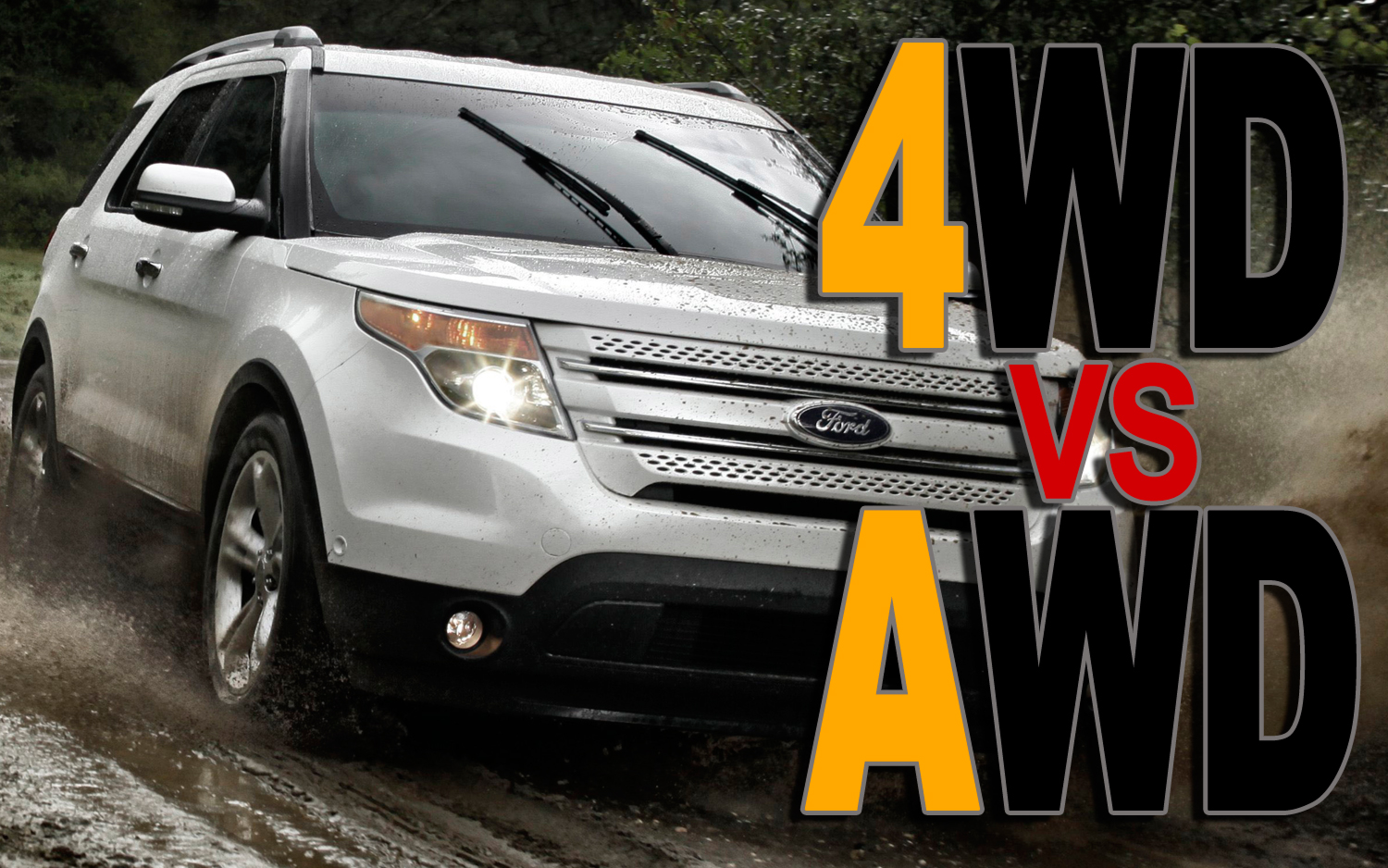
Variation in All-Wheel Drive and Four-Wheel Drive Systems
AWD and 4WD are distinct drivetrain systems that drive every one of the four wheels of a car. AWD systems are generally active at all times and operate automatically, whereas 4WD systems are only in use when needed and need to be engaged manually. Below are five major distinctions between AWD and 4WD systems:
Power Distribution: AWD systems use a center differential to transfer engine torque between two axles, allowing different speeds. 4WD systems use a transfer case that acts as a locked differential, providing power to all four wheels equally.
Driver Control: AWD is full-time and automatic, while 4WD requires manual intervention, allowing the driver to switch between 2WD and 4WD modes. 4WD offers more control but results in a stiffer ride compared to 2WD vehicles.
Fuel Economy: AWD systems are generally more fuel-efficient than 4WD systems due to their ability to distribute power more efficiently. However, AWD systems may have higher maintenance costs because of their complexity.
Also Read: Mahindra Thar 5 Door vs Force Gurkha 5 Door: Exploring Off-Road Legends
Off-Road Capabilities: 4WD systems are better suited for extreme off-road conditions due to their ability to spread power evenly over all four wheels, improving traction and control. 4WD systems can be less efficient in terms of power consumption but can be modified for better performance.
On-Road Performance: AWD systems are better for on-road driving as they can actively send power to the wheel that needs it most, improving handling and stability. However, AWD may not be as effective in low-traction situations as 4WD, which relies on a transfer case rather than a differential.

Which is Best for Off-Roading - AWD or 4WD?
4WD is generally better for off-roading due to its manual control and durability.4WD vehicles provide increased traction and control in challenging off-road environments, making them ideal for rough terrains. They often come with features like locking differentials and high ground clearance to enhance off-road performance. However, 4WD vehicles may have a rougher ride quality and higher maintenance costs compared to AWD vehicles.
Conclusion
When comparing AWD and 4WD vehicles, each offers distinct advantages and is suitable for different driving conditions. AWD vehicles are designed for improved traction and handling on various surfaces, including wet, snowy, and slippery roads, and are more fuel-efficient and better for on-road driving. In contrast, 4WD vehicles are ideal for extreme off-road conditions, providing increased control and traction and better for off-road driving and towing heavy loads. When choosing between AWD and 4WD vehicles, consider your driving needs and preferences to make the best decision for your vehicle.
FAQs on AWD and 4WD Cars
What are the benefits of all-wheel drive?
Improved traction, handling, and road grip, especially in wet, snowy, and slippery conditions.
Can an AWD car be driven on rough terrain?
Yes, but AWD vehicles are not as suitable as 4WD vehicles for extreme off-roading.
Does all-wheel drive work in rain?
Yes, AWD systems help prevent wheel slips on slippery roads, making them effective in rain.
Which is better, FWD or AWD?
FWD is generally more fuel-efficient and suitable for city and highway driving, while AWD is better for challenging on-road driving conditions.
Also Read: Three reasons why you should choose the Mahindra Thar RWD over the Mahindra 4WD model




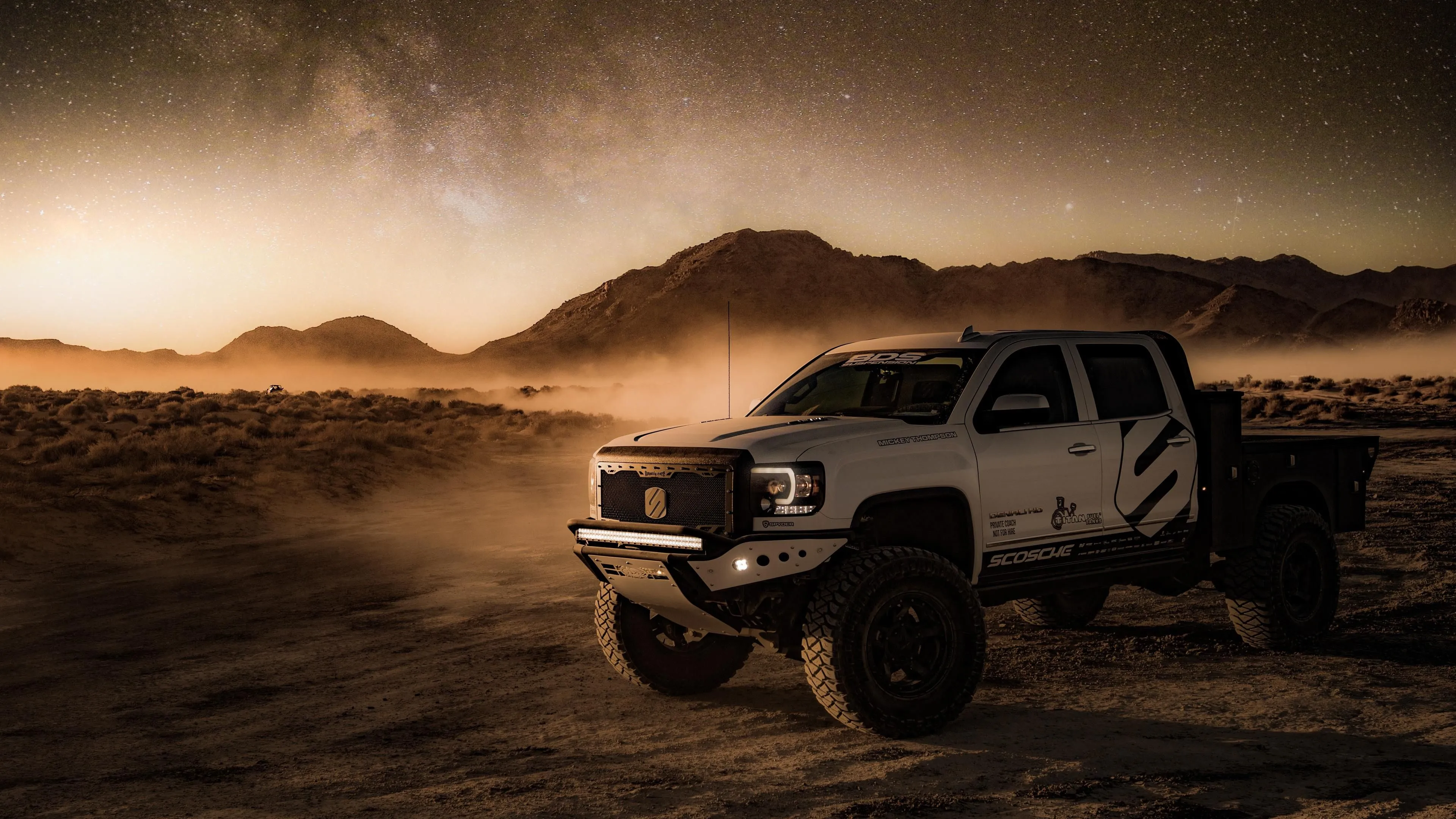

_1721299531.webp)
